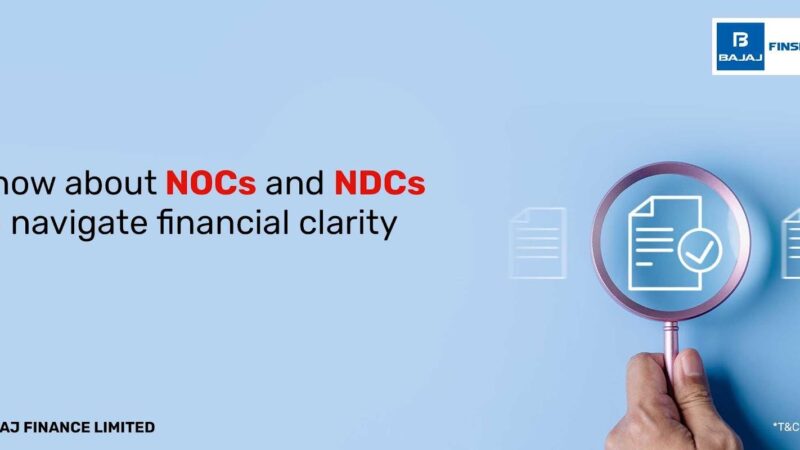Scott Tominaga On the Benefits of Portfolio Management and Accounting

Portfolio management and accounting refer to creating and subsequently managing an appropriate mix of investments in a portfolio. It is both an art and science where the suitable types of investments are chosen to sync in with the risk tolerance and the investor’s financial goals. It is also known as portfolio management, wealth management, or asset management.
- Scott Tominaga- an overview of portfolio management and accounting for investors
Scott Tominaga is an investment and finance expert from Carlsbad in California, USA. He did his graduation from Arizona State College in the field of enterprise finance. He has more than 25 years of invaluable experience in finance and investment. He is a credible professional specializing in administration, back-office operations, accounting, brokerage, administration, and advertising.
During the beginning of his illustrious career, he served as a FINRA regulator and currently is the Chief Working Officer at PartnersAdmin, a reputable firm based in California that is qualified to service all types of funds to its client. It is known for its solid infrastructure and a team of skilled professionals who can manage complex operations with various allocations and requirements for liquidity.
- Portfolio accounting and its meaning
This is the first step toward enjoying the benefits of wealth building. However, when managing it well, the individual should hire a firm or a professional with extensive knowledge of profit and loss analysis and how it impacts every movement and calculation in the process. It involves the following-
- Tracks and values the fund investments with several key brokers and custodians
- Uploads and reconciles transactions
- Accounts for multiple currencies and portfolios
- Records corporate actions like mergers, stock splits, dividends, and more
- Automatically generates the realized and unrealized period for gain/loss.
- Maintains the tax lots and gains characterization
- Maintains the global security master
- Offers customizable reports for the portfolio (for example, one can get notifications on tax lots, open positions, realized gains, etc.
- An overview of portfolio management
Portfolio management aims to boost returns on investments, optimizing the investor wealth via their portfolio. This portfolio refers to various investment tools like binds, shares, stock, FDs, mutual funds, and other cash equivalents where people invest money for income generation.
Portfolio management aims to achieve optimal returns at a minimum risk within a given time frame. It focuses on the SWOT analysis of any investment avenue before it is added to the client’s portfolio. According to Scott Tominaga, there are diverse kinds of portfolio management like passive, active, discretionary, and non-discretionary types of portfolio management.
With the help of portfolio management, investors can safeguard themselves against disasters of huge risks. They can optimize their returns on investments and, in the process, make the right investment choices for their needs. In this way, they can build their wealth or assets without making mistakes both now and in the future!






